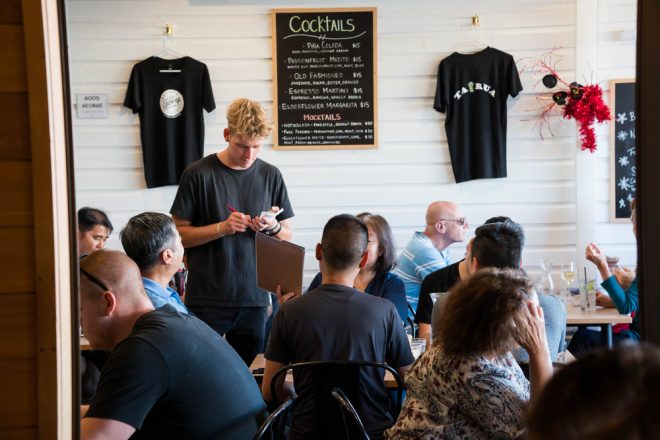レベル4のロックダウン下では、多くの企業が損失を被りました。閉鎖の影響を最も強く受けているのは、ホスピタリティ分野です。この分野で働いている人は、給与を受け取る権利について理解しておくことが重要です。
ロックダウン中も給料を受け取るべきですか?
はい、レベル4で働けなくなったとしても、雇用主は雇用契約を継続しなければなりません。このような雇用問題は解釈の余地があり、必ずしも厳格なルールではないため、注意が必要です。しかし、昨年雇用関係局が下した決定では、新型コロナの結果としての職場閉鎖だけでは、雇用主が賃金を保留することはできないことが確認されました。これは、あなたが働く準備ができていて、働くことができるにもかかわらず、あなたがコントロールできない状況(ロックダウン)のために、働くことができないからです。
レベル4の期間中に雇用主が閉鎖しなければならない場合、年次休暇を取らなければならないの? いいえ。雇用主は、14日前に通知した場合に限り、年次休暇の取得を要求することができます。
病気休暇についてはどうですか?
雇用主は、ロックダウンを理由に従業員に病気休暇を取らせることはできません。
賃金助成金を利用するにはどうすればいいですか?
警戒レベルの変更により、雇用主の収入が40%以上減少した場合、雇用主があなたに代わって補助金を申請し、あなたに渡す必要があります。
賃金助成金はいくら支払われますか?
賃金補助は、フルタイム(週20時間以上)の従業員1人につき週600ドル、パートタイム(週20時間未満)の従業員1人につき週359ドルです。
一般的には、雇用契約に基づいて通常通りの給与を支払われる必要があります。
それが不可能な場合(つまり、雇用主が本当にできない場合)は、通常の賃金の80%以上を支払うように最善を尽くさなければなりません。それもできない場合は、最低でも補助金の全額を支払わなければなりません。
毎週違う時間に働いていますが、補助金を受け取る権利はありますか?
はい、少し複雑になってきましたね。あなたには平均的な時間給を受け取る権利があります。 労働時間が変則的な場合、雇用主は何らかの平均値を使用する必要があります。通常、その時間を超えて働いている場合は、契約書の最低保証時間を基準にしてはいけません。
臨時雇いの従業員ですが、補助金を受けることができますか?
臨時雇いの労働者(カジュアルワーカー)は、継続的な仕事を受ける権利がないため、継続して雇用される保証はありません。しかし、雇用主はあなたに代わって賃金助成金を申請し、それに応じて支払うことができます。臨時雇いの従業員については、上記の平均賃金の計算と同じです。
賃金助成金の残額を上司が他の経費に使うことはできますか?
いいえ。差額は、損害を被った他のスタッフの賃金にのみ充当されます。賃金助成は、雇用主と従業員のつながりを維持するためのものです。






























































